The theme I explored for my personal inquiry is safe working environments. The guiding question that led my concept-based inquiry is:
Why do people work in unsafe environments?
Reasoning
I chose this topic because I read a book about coal mining a few years ago (Black Gold: The History of How Coal Made Britain by Jeremy Paxman) that sparked an interest in and understanding of workers’ unions and rights. I used to consider this a dry and irrelevant topic, but it wasn’t that long ago that many people were subjected to dangerous situations in order to earn a living in North America. Additionally, there are still many dangerous work environments in the world, and although they are less common in Canada, our country is not exempt. Many professions involve dangerous work or violence that should not be tolerated. Developing an understanding of workers’ rights and unsafe environments can give people the power and knowledge to stand up for what’s right in their own workplace and others’.

Related SDGs
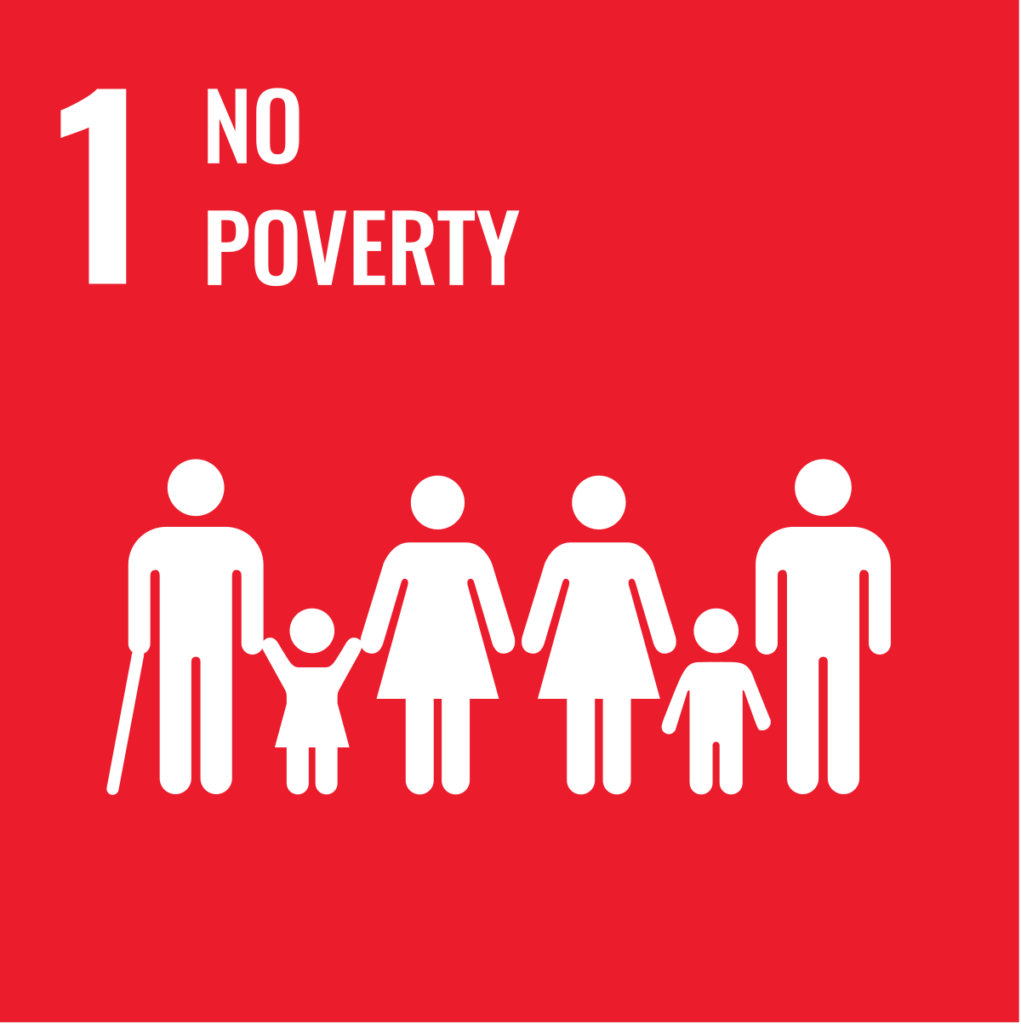
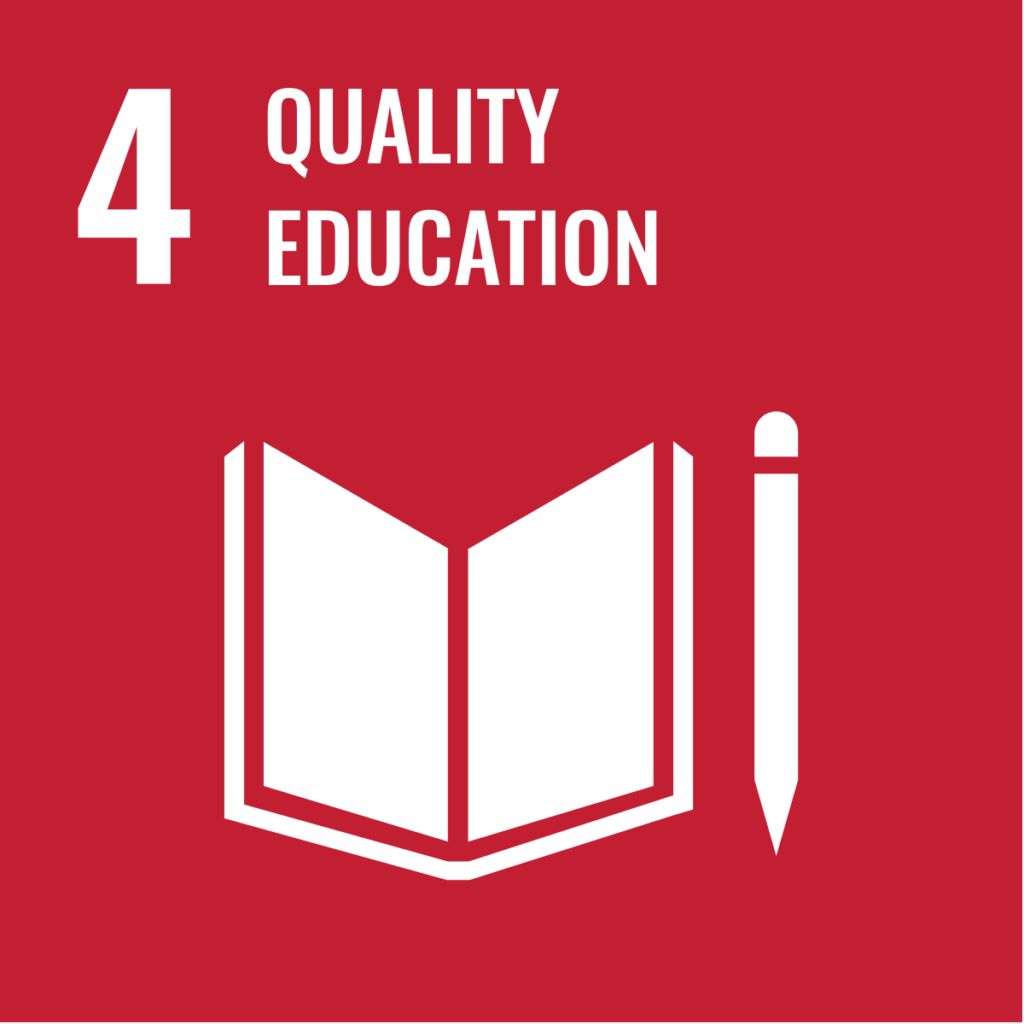
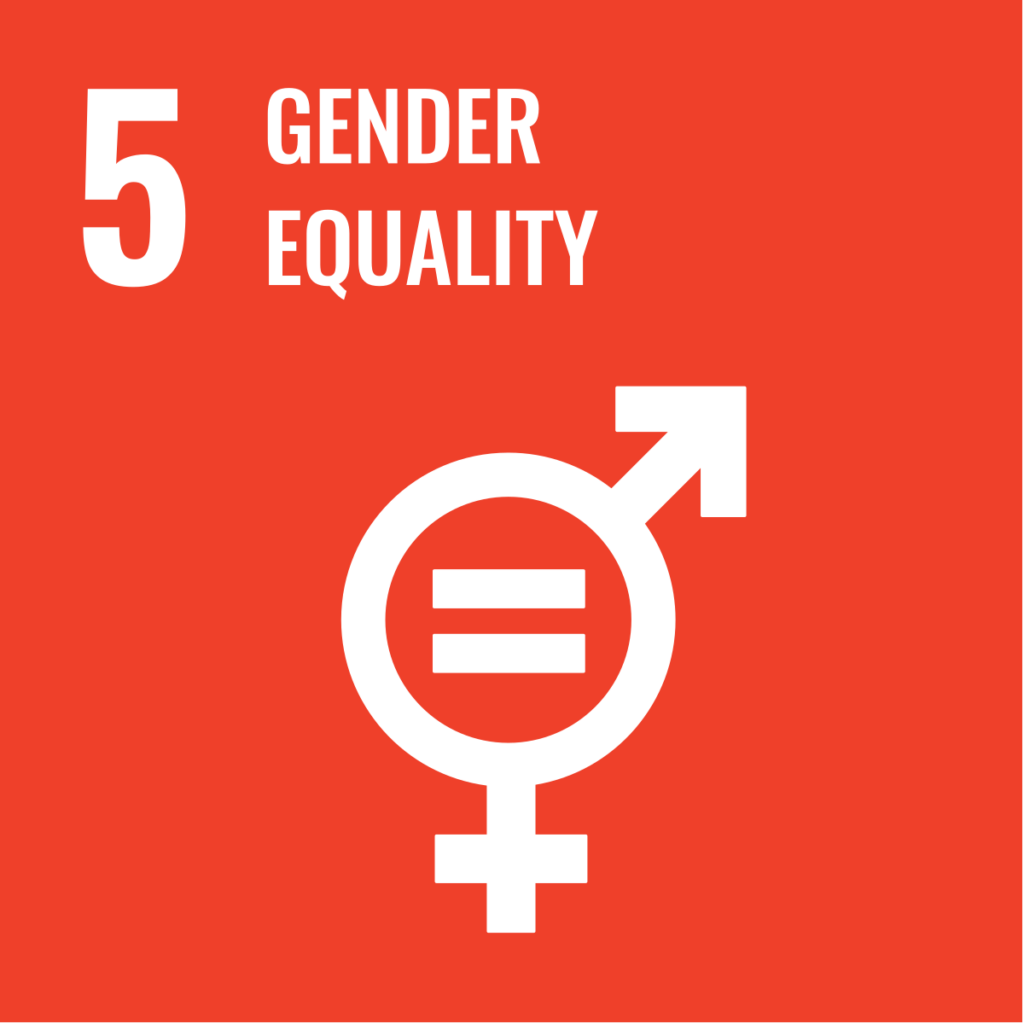
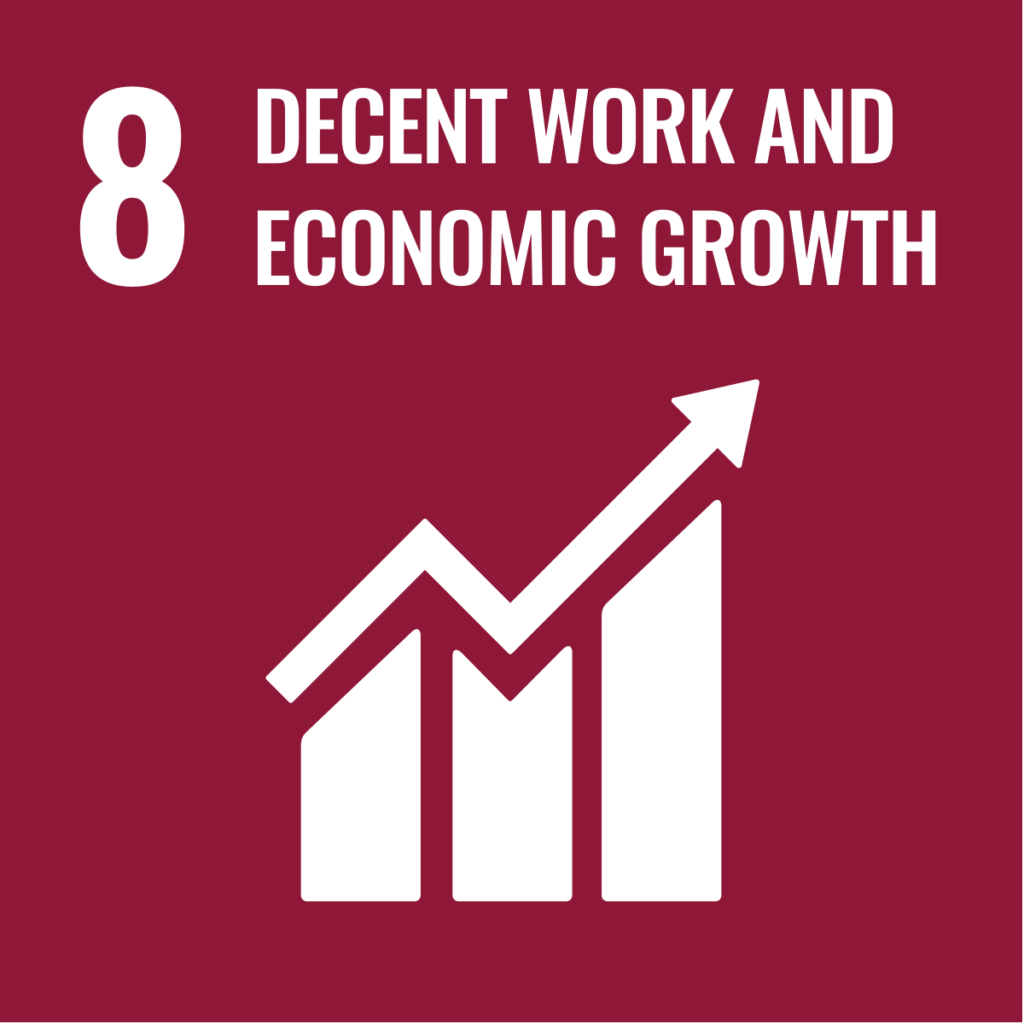
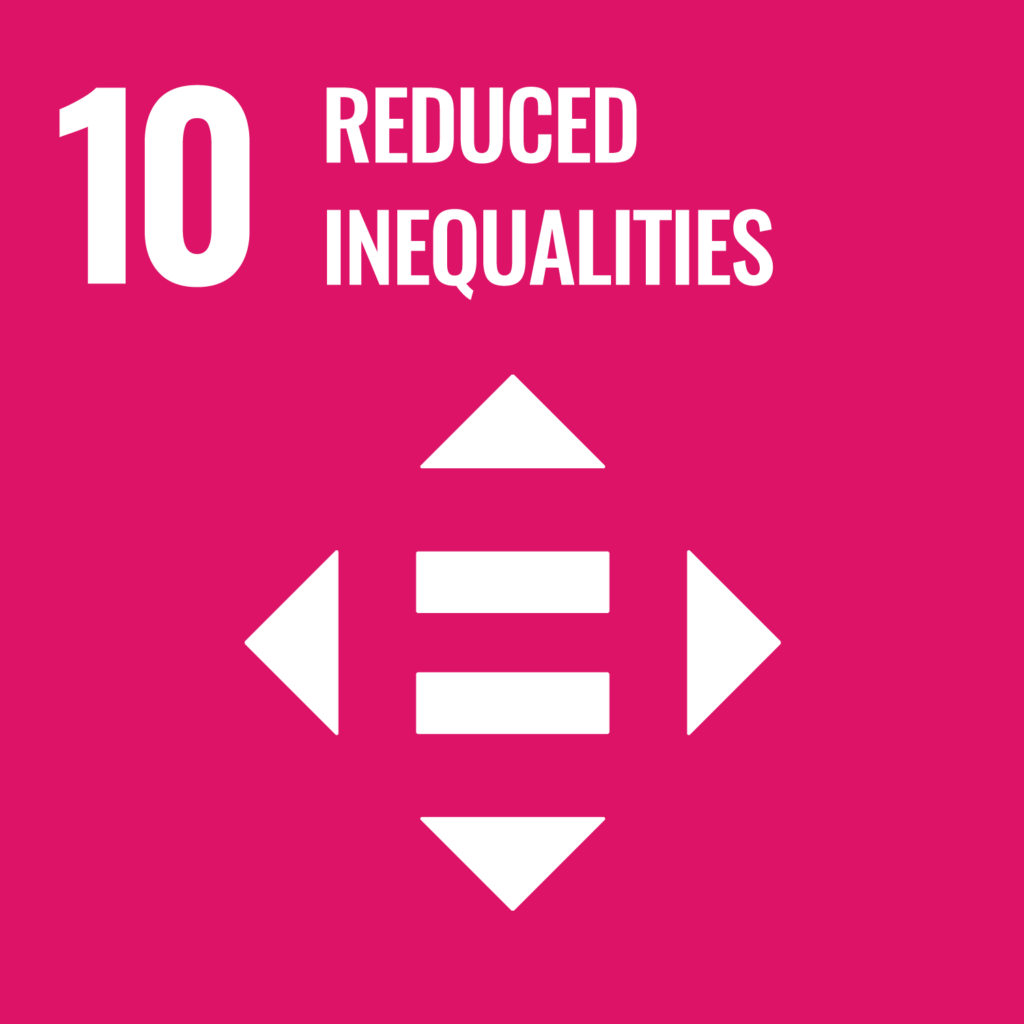

Curriculum Connection
Grade 7 Careers
Big Idea:
- Safe environments depend on everyone following safety rules.
Content:
- local and global needs and opportunities (social justice, environmental stewardship, sustainability, effective use of resources, etc.)
- global citizenship
Provocation
This CBC About That video looks into the working conditions of factory workers for fast-fashion retailer Shein. Their workers are subjected to extreme conditions and expectations with low pay in order for Shein to be able to offer their items at such low prices. However, Shein invited influencers to their factories and showed them a “sanitized version” of their operations to cover up these conditions. Here are some questions about shopping habits to consider after watching the video:
- Do we look for the cheapest items?
- Do we look for quality?
- How do you decide what stores to shop from?
- Do you know where the clothes you buy are made?
- Have you wondered about the people that made what you wear?
- If we are buying inexpensive clothes, how are the companies that sell the clothes still making money?
- How often to you wear the clothing items you already own?
These are questions I have pondered over the past few years since exploring the impacts of the fast fashion industry. I used to buy more clothes than I needed and items that were likely made by people in unfair and unsafe working conditions. I reduced my consumption of clothes after learning about this.
Current Events Headlines
“Canada sees surge in temporary foreign workers applying to escape abusive employers” by the Toronto Star
“Canada Post general strike on hold – for now” by CBC News
The resources I selected are both related to workers in Canada, but report on two contrasting situations. Although the inquiry is meant to look at global working conditions, the fact that there are many different scenarios within Canada provides an easy comparison. Workers that have union protection, such as the Canda Post workers in the second resource, and migrant workers that stay in their abusive work situations out of fear of deportation, like in the first resource, have the same human right for favourable working conditions.
With working conditions being so closely tied to the careers curriculum, this would be an easy topic to incorporate that also discusses human rights.
With these being news reports, I think the point of view expressed in both are valid. Looking at them side by side, the one about migrant workers being abused seems more important, but that doesn’t diminish the validity of the case being made by the postal workers’ union.
Other Related News Articles
Machete attack, dislocated jaw: Nurses detail violent incidents at Fraser Health hospital
Unsafe Temperatures, Unsafe Jobs:
The impact of weather conditions on work-related injuries
In a study conducted by Mattia Filomena and Matteo Picchio, daily data on weather conditions was matched with daily data on work-related accidents in Italy. What they found is that work-related injuries increased for both cold and warm temperatures. For warm temperatures, days that were hotter than 28 °C had an increase in fatal injury rates that was 40% more than the average for 10-12 °C days. Hot day increased the risk of heat stroke, exhaustion, and respiratory failure.
However, work-related injuries were also higher on days that had a lower average temperature than 0 °C. These days saw an approximate increase of 13.3% increase compared to the 10-12 °C days. The cold weather caused low energy, muscle strains and falls that resulted in work-related injuries.
“More in general, the effect of extreme temperatures on occupational health may operate through different channels, such as workers’ lower reaction capacities, cognitive performance and concentration; compromised decision-making; higher physical and mental stress; perceived fatigue and energy outlays; increased costs of safety investments for both workers and firms; or just because some jobs become more dangerous amid extreme weather conditions.”
Filomena & Picchio, 2024, p. 855
As stated by Filomena and Picchio, with the predicted continuous increase in temperatures, it’s important to recognize the risks it puts on workers that are exposed to these conditions. These findings should be considered for workplace safety policies to keep employees safe and also to reduce “healthcare costs and productivity losses” (Filomena & Picchio, 2024, 867).
Argument for Safer Working Conditions
Having a job and going to work is a necessity. Unless you are entirely self-sufficient, growing your own food, creating and maintaining your own shelter, and a jack-of-all trades, you have to work. Everything we need, from healthy food to transportation to a place to live, costs money. But what if going to work put you in danger?
According to the Canadian Government, 7.1% of employees indicated that they had been exposed to unsafe working conditions in the past two years. With approximately 20 million people employed in Canada, that’s more than 1.4 million people being exposed to danger by going to the job they need in order to buy food and have shelter. These work environments include rail and maritime transportation, courier and pipelines, banks, and many other places. Canadian nurses report an average of 51 injuries per month. In 2018, Global News reported that for every 10 Canadian teachers, at least 4 have experienced violence in their workplace. And that’s just in Canada.
If we look at the global community, people around the world that need jobs to meet their basic needs, the statistics are much worse. According to the International Labour Organization, an estimated 395 million workers worldwide sustained non-fatal work injuries in a single year. Tragically, nearly 3 million workers die every year from work-related accidents and diseases.
Nobody should die or be subjected to danger by going to work.
Article 3 of the Universal Declaration of Human Rights states: “Everyone has the right to life, liberty and security of person.”
Article 23 states that “Everyone has the right to work, to free choice of employment, to just and favourable conditions of work and to protection against unemployment.” “Everyone who works has the right to just and favourable remuneration ensuring for himself and his family an existence worthy of human dignity, and supplemented, if necessary, by other means of social protection.” Additionally, “Everyone has the right to form and to join trade unions for the protection of his interests.”
Dying at work goes against these fundamental rights that all humans are entitled to. This should not be tolerated.
This is why we need to take action.
First, our students will be educated on how to recognize ethical sourcing labels on packaged goods. If students are able to recognize ethically sourced and fair-trade certified items, they hold some power to support what is right.
The second thing we’re doing in our school is ensuring students are aware of workplace safety and their rights as employees. When they enter the workforce, they will have the tools and knowledge to stand up for what’s right, including knowledge of WorkSafe BC protocols. They’ll know how to stay up to date on the latest labour relations laws for the province or territory they are working in. Statistics Canada reports that 30% of employees exposed to unsafe working conditions have not addressed their concerns with employers because they don’t have the resources to deal with the issue. Awareness and education is the first step to change.
Promotion of peace, justice, and strong institutions involves maintaining and growing the strength of the systems we have in place so we have the power to force change in other places. Teaching students how to become strong voices in their workplaces will help spread the expectation of safety, as it’s every humans’ right.
Resources
Trapped by Coal
Trapped by Coal by Constance Horne is novel suitable for grades 5-7 that is set on Vancouver Island in 1916. A girl that lost her father in a mine accident is determined to prevent her brother from dying the same way. This book brings the perspective of a child to the issue of safe working conditions that students can empathize with. It provides students with background knowledge that can be used for discussing workplace safety and how it has changed over the years and the changes still needed globally.

WorkSafe BC Lesson Plan
WorkSafe BC offers a series of lessons for grade 7 that teaches students about transferable safety skills, safe behaviors, and hearing protection. In the first lesson, students consider the different jobs and activities they do at their current age. Then, they consider the required safety equipment for doing the job or activity safely. Finally, a Venn diagram is completed to compare the equipment and skills needed.
Reflection
The topic of safe work environments seemed straight forward when I began looking into it but there are so many different topics that could be learned through this inquiry. Having students do an inquiry into this theme could lead to many different focus topics. There are issues with safe work conditions in all parts of the world, in many different industries and professions, and workplace safety has a sad and unfortunate history.
Things I have learned through this inquiry include:
- immigrants staying in unsafe working conditions due to fears of being deported
- cold and warm temperatures contribute to workplace injury rates
- there are companies that actively try to hide their poor treatment of employees
- even in Canada there are more than a million people exposed to danger when they go to work.
Concepts I would like to explore further include:
- labour laws in developing countries and how their workplace safety compares to that of Canada’s
- which countries and industries are the safest to work in
- how COVID-19 affected global working conditions
New inquiry questions I have are:
- Has teaching become more or less safe in Canada over the past few decades?
- Have any industries or companies changed their safety policies to protect employees from the impacts of climate change?
10-word connection:
Unsafe working conditions are a global Human Rights issue.
References
Alsharif, G. (2025, May 28). Canada sees surge in temporary foreign workers applying to escape abusive employers. Toronto Star. https://www.thestar.com/news/canada/canada-sees-surge-in-temporary-foreign-workers-applying-to-escape-abusive-employers/article_332aa922-7461-45b8-aa3e-95990dbcc657.html
BC Nurses’ Union. (2025, March 27). A growing crisis: BCNU calls for renewed action on violence in health care. BC Nurses’ Union. https://www.bcnu.org/news-and-events/update-magazine/2025/spring-2025/growing-crisis
CBC News. (2025, May 22). Canada Post general strike on hold – for now. CBCnews. https://www.cbc.ca/player/play/video/9.6770202
Employment and Social Development Canada. (2025, May 14). Workplace health and safety in federally regulated workplaces: Results from the 2022 Survey of Employees under Federal Jurisdiction. Canada.ca. https://www.canada.ca/en/employment-social-development/services/health-safety/reports/survey-results-workplace.html
Filomena, M., & Picchio, M. (2024). Unsafe temperatures, unsafe jobs: The impact of weather conditions on work-related injuries. Journal of Economic Behavior & Organization, 224, 851–875. https://doi.org/10.1016/j.jebo.2024.06.016
International Labour Organization. (2023, November 26). Nearly 3 million people die of work-related accidents and diseases. https://www.ilo.org/resource/news/nearly-3-million-people-die-work-related-accidents-and-diseases
United Nations. (1948). Universal Declaration of Human Rights. United Nations. https://www.un.org/sites/un2.un.org/files/2021/03/udhr.pdf
Published:
Last Modified:

